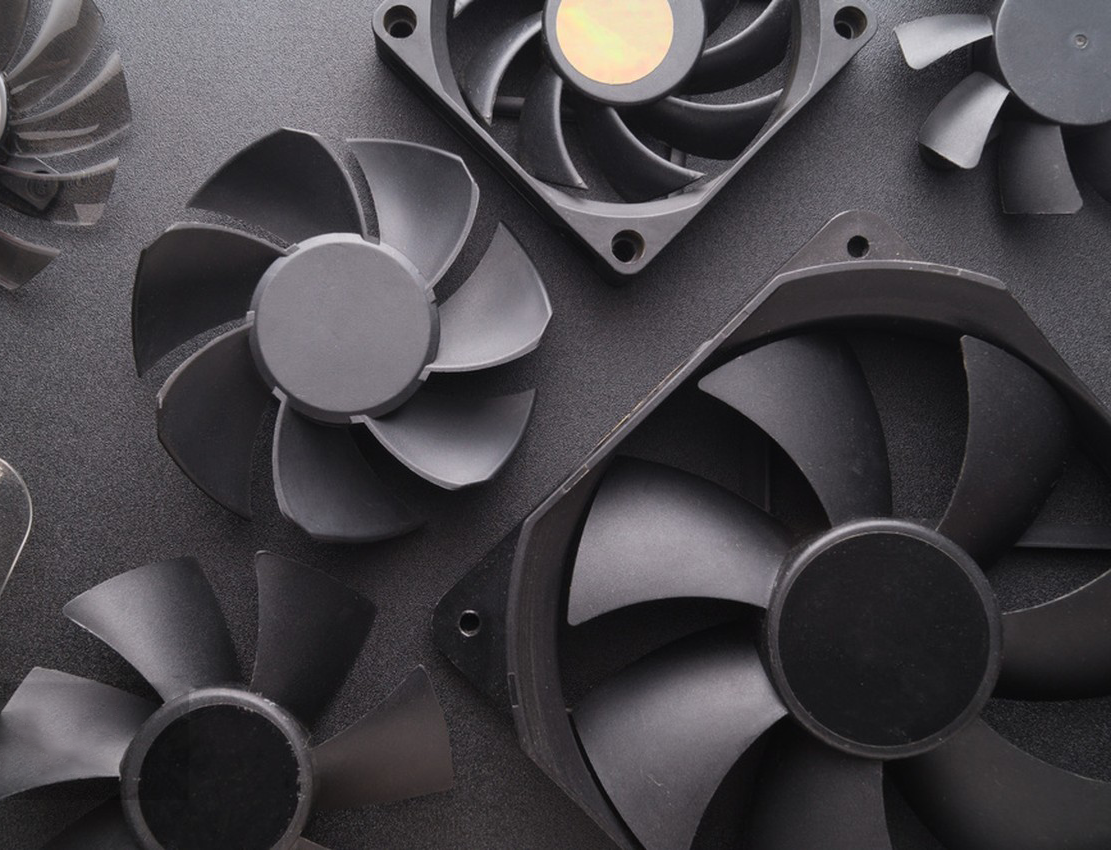1. What is LD Function?
LD (Low Speed Detection) is an alarm mechanism in cooling fans designed to monitor fan speed and output a high-level alarm signal when the rotational speed drops below a preset threshold. Its primary function is to prevent reduced cooling efficiency due to lower fan speed, which could lead to equipment overheating.
For example, if a cooling fan has a rated speed of 5000 RPM, the LD function can be set to trigger an alarm when the speed falls below 70% of the rated value (i.e., under 3500 RPM). This threshold is typically defined by the user based on specific application needs, with 70% being the common default setting.
2. Difference Between LD and RD Functions
Cooling fan alarm systems mainly use two distinct mechanisms: LD and RD (Rotation Detection).
LD Function
- Trigger Condition: Alarm activates when fan speed falls below the preset threshold.
- Application Scenario: Ideal for high cooling-demand equipment, enabling early detection of performance decline and preventing overheating.
RD Function
- Trigger Condition: Alarm activates only when the fan completely stops running.
- Application Scenario: Suitable for general equipment where only fan operation status matters, without monitoring speed variations.
In short, RD function detects whether the fan is running or not, whereas LD function provides a stricter level of monitoring by detecting speed reductions, ensuring optimal cooling performance.
3. Why is LD Function Critical?
Fan speed may decline due to several factors, including:
- Bearing wear over time, increasing friction and slowing the fan down.
- Dust and oil accumulation, reducing blade rotation efficiency.
- Aging of motor or electronic components, weakening drive power and preventing the fan from maintaining its rated speed.
If only RD function is used, a fan may still be running but at a significantly reduced speed, which would not trigger an alarm. This could lead to a severe loss of cooling performance, resulting in overheating and equipment damage. In contrast, LD function enables real-time detection of speed anomalies, issuing alerts when the speed falls below the set limit, prompting users to inspect or replace the fan in advance—effectively preventing failures due to insufficient cooling.
4. Application Scenarios for LD Function
LD function is widely used in electronic and industrial equipment with high cooling demands and complex operating environments, such as:
- Servers & Data Centers: Prevents cooling efficiency loss due to fan aging, ensuring long-term stable operation.
- Industrial Control Equipment: Avoids cooling failures caused by declining fan speed, safeguarding production reliability.
- Telecom Base Stations: Ensures fans remain in optimal working condition to prevent overheating of core components.
- Power Systems (e.g., UPS, Charging Stations): Maintains sufficient cooling performance during continuous operation, enhancing system reliability.
5. Choosing Cooling Fans with LD Function for Enhanced System Reliability
Ruiapple Electric offers cooling fans with optional LD low-speed alarm functionality, ensuring efficient cooling in long-term operation while reducing maintenance costs and improving system stability. If you require further information on LD function or advanced cooling solutions, feel free to contact us for expert support!







